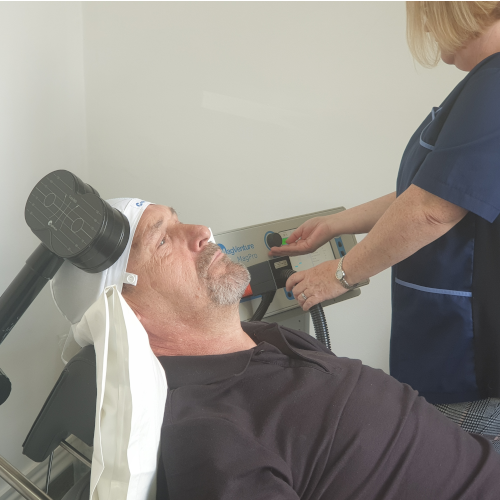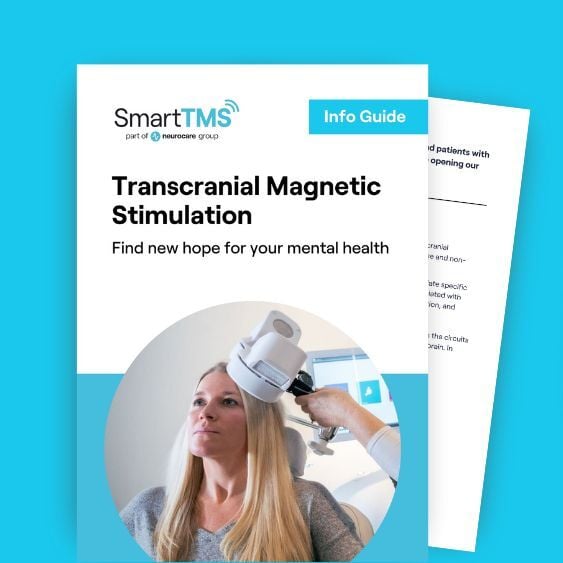Does TMS have some efficiency in reducing tics? Smart TMS investigates!
September 13, 2022 - Smart TMS

What are tics?
Tics are fast and repetitive movements, twitches, or sounds that people do repeatedly. They are difficult to control and involuntary. For example, a person with a motor tic might keep blinking over and over, or a person with a vocal tic might make a grunting sound without being able to stop themselves. Tics can be frustrating and interfere with everyday life, they can not only cause pain or discomfort, but they can also cause embarrassment or social problems.
TMS for tics
At Smart TMS we wanted to explore Transcranial Magnetic Stimulation (TMS) as a treatment for tics. We wanted to see if TMS would reduce the Yale Global Tic Severity Scale in comparison to a sham treatment.
Background
Repetitive TMS (rTMS) is a non-invasive method of neuromodulation used to treat psychiatric and neurological disorders such as depression or anxiety. Since NICE, the body for national guidance and advice for improving health and social care, approved TMS as safe and clinically effective for the treatment of depression in 2015, research has explored effectiveness for several other disorders. Roughly 1.4 million people suffer from tic disorders in the UK, with many being treatment resistant. There has been minimal research on the effect of TMS in tic disorders.
Rapid Review by the Smart TMS Team
At Smart TMS the team of practitioners conducted a rapid review comparing randomized controlled trials (RCTs) testing low frequency repetitive TMS to sham-TMS in patients with tic disorder. To select the most relevant articles, a strict exclusion and inclusion criteria was applied to a systematic search. The selected search terms were applied for published studies in 5 major electronic bibliographical databases (SCOPUS, Science Direct, PubMed, APA psychinfo, and EBSCO Host) between 2000 and 2021.
From the search 4 studies (1 was single blinded RCTs, 1 was a single blinded placebo-controlled study, and 2 were double blinded RCTs) were selected for the review out of 7,712 studies. The RCT CASP (CASP, 2020) was also used to assess the quality of the selected studies.
Conclusion
The 4 studies were narratively assessed and analysed in detail by the team. The results demonstrated that while half the studies showed statistically significant improvement in the yale global tic severity rating scale, the other half did not show significant improvements. However, it is worth noting that the studies varied in their targeted treatment areas and TMS protocol output. Therefore, this could suggest that some protocol and treatment area may be more effective for tics, than others and can be used.
In conclusion TMS when applied to specific brain regions, shows a statistically significant effect on improving symptoms of tic disorder. Future studies should seek to replicate these findings in larger samples.
Author, Athana,
Smart TMS London South Kensington, Practitioner










